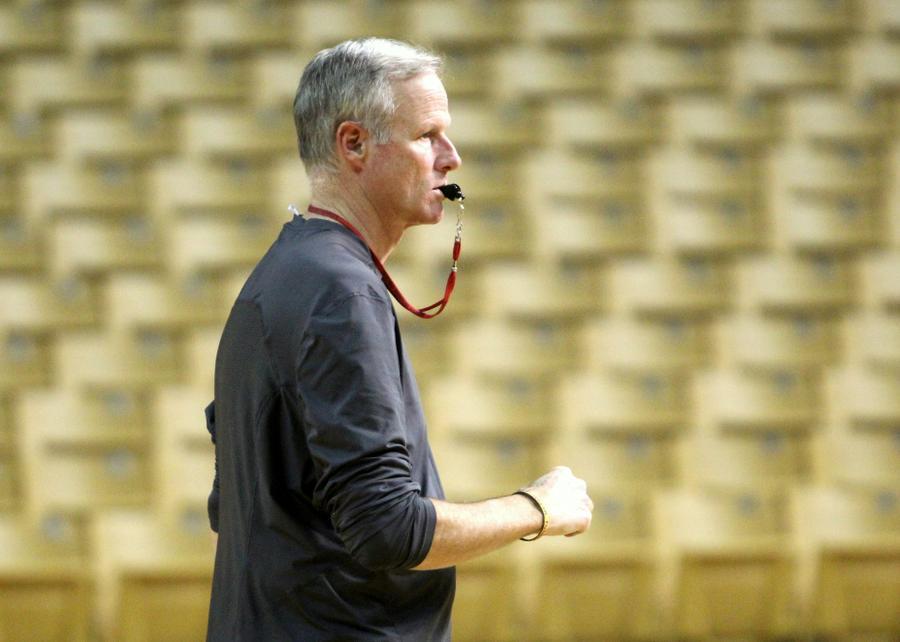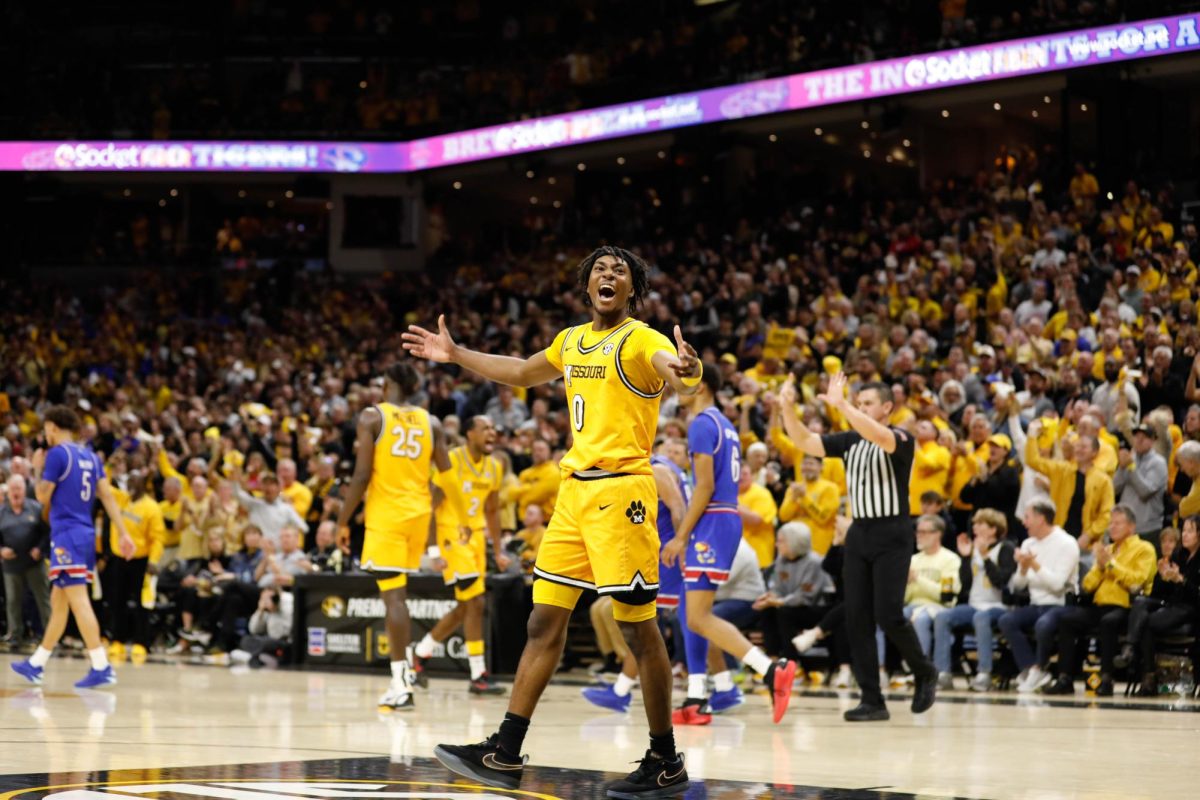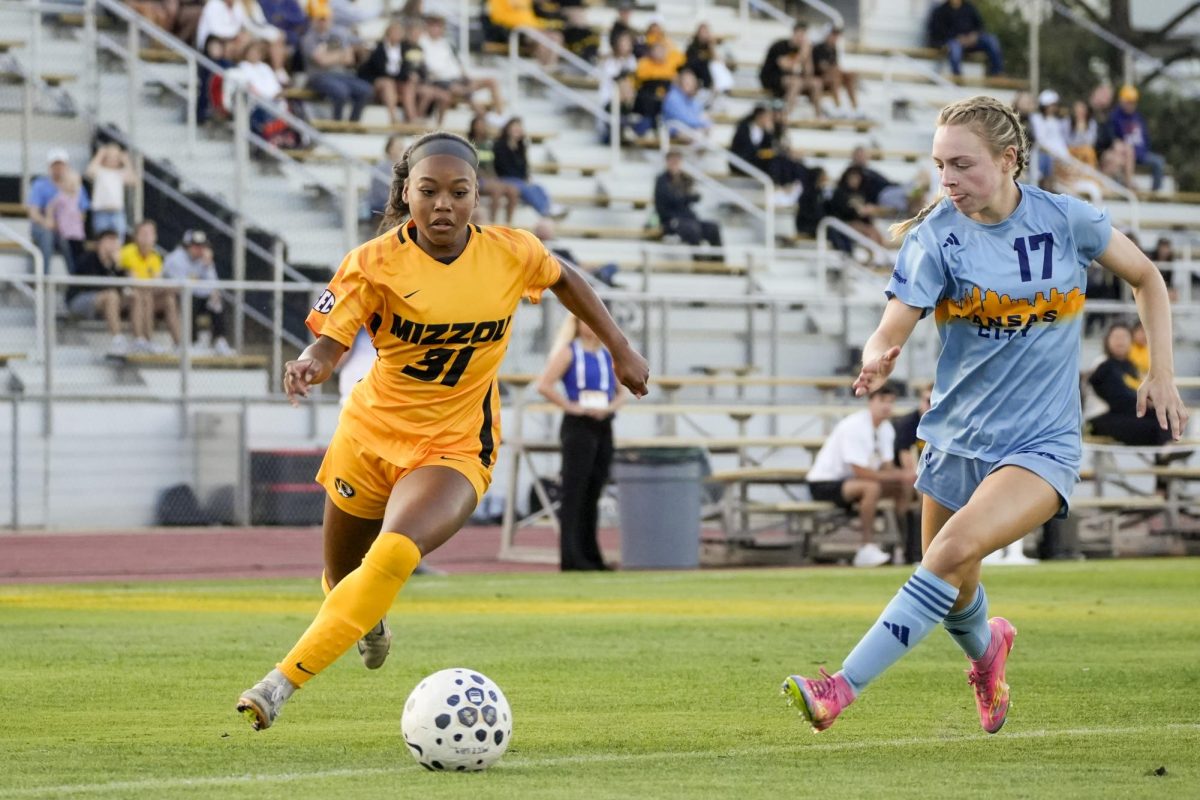After winning only 19 of 63 games over the last two seasons, the Missouri men’s basketball team will play its first game of the 2016-17 season on Sunday, Nov. 13. The Tigers showed only marginal improvement last season, leading many to suspect Mizzou would fire head coach Kim Anderson, but Mizzou Athletics quickly released a statement following the 2015-16 season saying Anderson would return.
“No one wants to win more than Coach Anderson,” former Athletics Director Mack Rhoades said. “He came into a very challenging situation two years ago, and he is passionate about returning his alma mater to greatness.”
Anderson is in his third year at the helm of the team, but it may as well be his first. Since Anderson took over, 12 players, most of them holdovers from the Frank Haith era, have transferred or been dismissed from the program. Of the eight Tigers who played more than 15 minutes per game last year, five are no longer on the team.
It is hard to expect much from a program that underwent such significant roster turnover in the offseason, especially after winning just 19 games over the last two seasons. Thus, Anderson’s success as a coach can’t be measured in wins and losses this season. Now that all the players within the program are his guys, not Haith’s, Anderson has to prove that he can make the team buy in. This means player retention and improvement on a player-by-player basis. If Anderson comes up short, Mizzou may be looking for a new head coach this offseason.
Anderson’s inability to retain players over the last two years can be chalked up to the difference between his laid-back coaching style and Haith’s more fiery approach. This year is different. Every player on Mizzou’s roster was recruited to be part of Anderson’s program. Now, he has to prove he can establish his culture within the locker room and make his players believe the team has direction.
To accomplish this, sophomore point guard Terrence Phillips needs to establish himself as the team’s veteran leader. Phillips was recently elected as chair of the Southeastern Conference Men’s Basketball Leadership Council and is well known for his hustle and basketball IQ. Scrolling through Phillips’ Instagram account, you’ll see captions such as, “I play for the front of the jersey,” and, “INAM (It’s not about me).” If the team’s many young players (11 of 15 are freshmen or sophomores) follow Phillips’ example, Anderson will have a solid core to build around for the next few years.
Because the team is so young after losing several key players in the offseason, it will be hard to define the season in black-and-white win and loss terms. Instead, this season will be a test of Anderson’s coaching ability. Anderson needs to show that, when given a stable roster, his team can improve and grow over the course of the season.
Anderson will also need to show he is capable of helping individuals improve from season to season. The players had an entire offseason to improve their game; now it’s time to see the results. Will Kevin Puryear show the same consistency he did during the 2015 nonconference slate? Will K.J. Walton shore up his defense? Will Cullen VanLeer become a reliable scoring threat on the perimeter?
Competing in the SEC after losing the majority of your top players would be a tall task for any team not named Kentucky. It will be an especially tall task for a Missouri team that went just 3-15 in conference play last season. This team’s ceiling is probably around .500, but regression from last year is also a real possibility.
There will be growing pains (that’s to be expected with such a young roster), but if the team plays its strongest ball at the end of the season, there will be hope for the future, and that is what this program needs more than anything.








